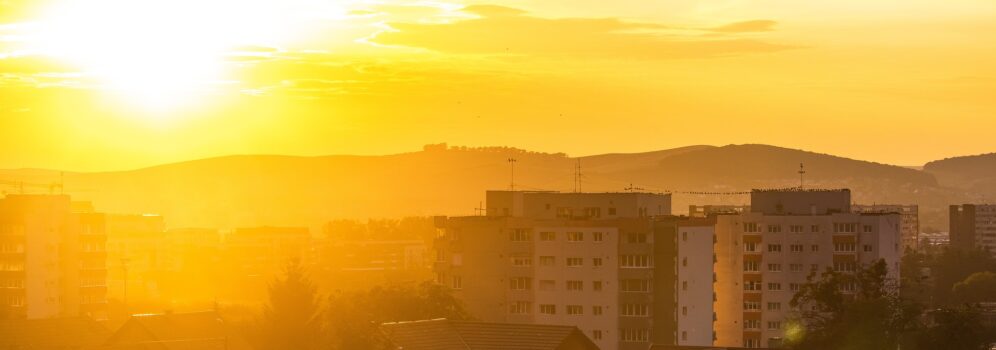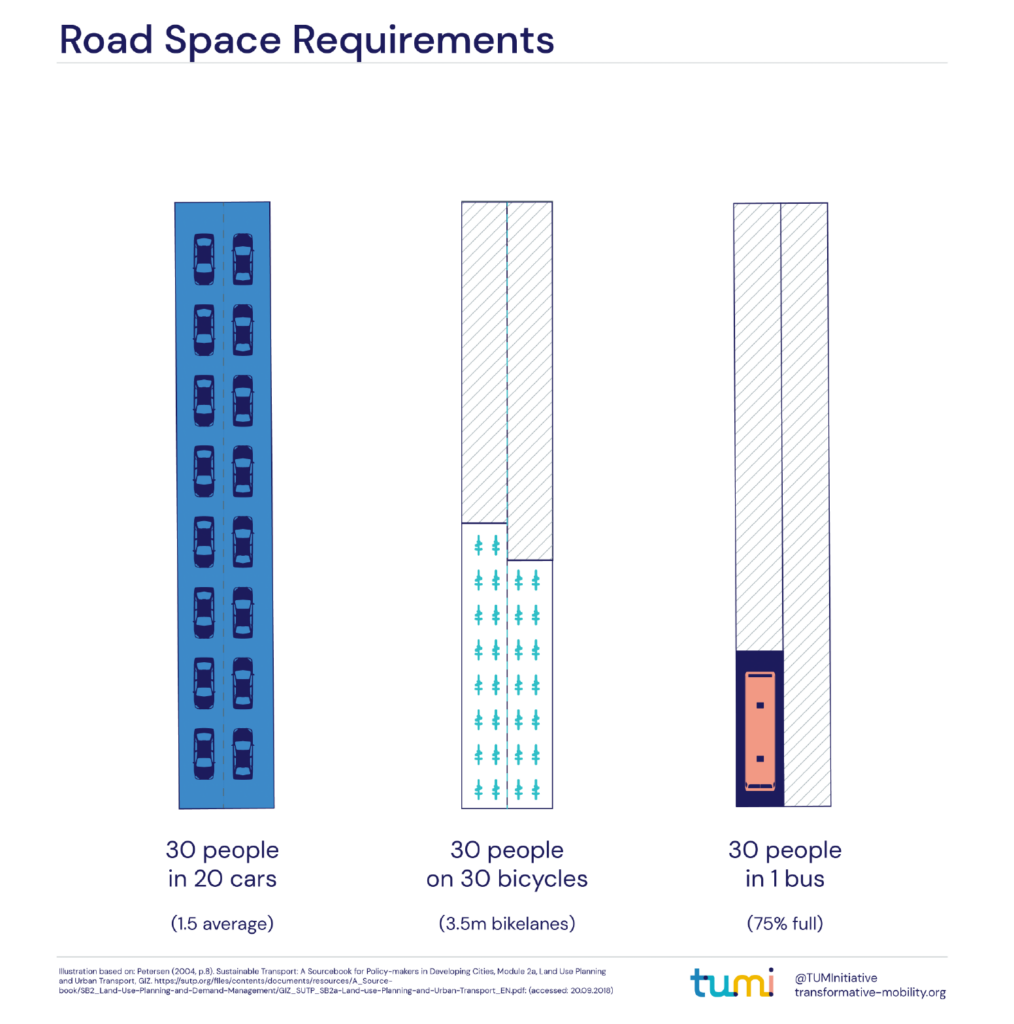This summer has broken all the heat records for the world. Parts of the globe are literally on fire.
On Monday, 24 July 2022, Phoenix, Arizona, had its 25th consecutive day with a high temperature of at least 110°F (43°C). The irony is that this will be the coldest summer of your life, according to the UN, unless something is done to tackle the climate crisis.
As our cities continue to grow and the population increases, it’s more important than ever to consider the environmental impact of our transportation choices. Public transit can play a significant role in reducing greenhouse gas emissions and improving air quality.
By choosing public transit, you can help reduce greenhouse gas emissions, alleviate traffic congestion, promote sustainable land use, save energy, and improve air quality. These benefits help the planet and create healthier, more liveable communities for everyone.
1. Reduces emissions
Public transit produces far fewer emissions per passenger than single-occupancy vehicles. By taking public transit, you’re helping to reduce carbon emissions and other harmful pollutants that contribute to climate change. 29% of CO2 is emitted by transportation, making it the most significant contributor to greenhouse gases in the US*. 41% of this figure comes from cars.
2. Reduces traffic congestion
Traffic congestion not only wastes time but also contributes to air pollution. By taking public transit, you’re helping to reduce the number of cars on the road, which can help alleviate traffic congestion. If it is full (50 to 80 passengers), a single bus can carry as many people as 50 or 60 cars, which generally operate with fewer than two occupants. The bus requires less street space, equivalent to 2 or 3 automobiles.
It also means that people who need their cars for their work can get around easier with less congestion.
3. Promotes sustainable land use
Public transit can play a role in promoting sustainable land use. In the US, parking takes up one-third of land use in urban areas. Transit-oriented development, for example, encourages dense, mixed-use development around transit stations.
4. Saves energy
Public transit is a more energy-efficient mode of transportation than single-occupancy vehicles. By taking public transit, you’re helping to reduce our dependence on fossil fuels and save energy. Public transit typically uses less than half the energy of a sedan and a quarter of the energy of an SUV or light truck.
5. Improves air quality
Air pollution is a significant health concern, particularly in urban areas. Exhaust gases increase the risk of respiratory diseases, particularly in children, impacting lung and brain development. By taking public transit, you’re helping to reduce air pollution and improve air quality, which can have substantial health benefits.



